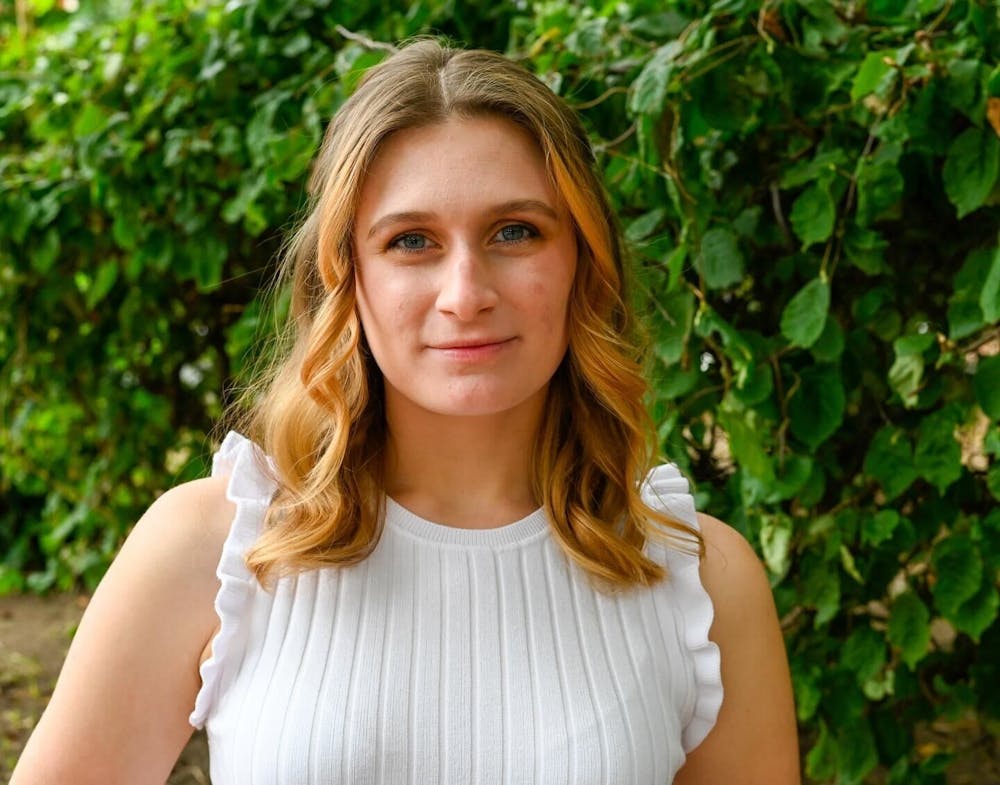President Joe Biden is launching a new student loan repayment plan as student loan payments are due for the first time since the pandemic.
Saving on a Valuable Education Plan, called SAVE, is intended to help borrowers with student loan debt through caps on interest and by lowering monthly payment amounts. This comes just as student loan interest payments resumed this past Friday and payments begin again in October.
Politico reports nearly 30 million borrowers will be reached out to by the U.S. Department of Education about the program with the assistance of other outside groups, including Civic Nation, the NAACP, the National Urban League, Rise, the Student Debt Crisis Center, UnidosUS and Young Invincibles.
SAVE uses income-driven repayment plans, but all operate in similar ways. The payments are based on earnings and household size, readjusting every year. Monthly payments are made, usually for 20 years, and the remaining balance is forgiven.
SAVE replaces the Revised Pay As You Earn Plan, or REPAYE; it also is seen as a more generous plan. Discretionary income is the money you have left after paying taxes and basic need expenses. SAVE allows for a lower interest payment on discretionary income than REPAYE. It also allows for graduate debt plans as well.
Republicans in the House and the Senate already are preparing legislation to repeal the plan. They claim the policy is a backdoor loan forgiveness program that gives wasteful subsidies to millions at the expense of the taxpayer. For now, the plan remains intact.
This comes at a unique time for Biden as the economy sits in a good place at the moment. According to analysts at Politico, these repayments may drag down the economy once again, which wouldn’t look good for the president’s reelection campaign. This plan is a necessary step to keep his public standing intact, and to stop a decline in the polls from occurring.
The New York Times reports on what you need to know about the plan itself:
You can sign up online for the plan at studentaid.gov/SAVE. After applying, you can check the status of your application on your account dashboard. If you were already enrolled in REPAYE, you are automatically transferred over to SAVE. Payments will also be adjusted automatically, without resetting the payment clock.
Anyone with federal undergraduate or graduate loans is eligible for the program, but undergraduate debt is eligible for lower payments. Even those with lower loan balances will have some plans available to them.
Parents who borrowed for their children’s schooling using Parent PLUS loans cannot enroll. Additionally, some parents may only be eligible for the most expensive plans.
Borrowers have a fresh start with this plan and will be permitted to enroll in SAVE, even if they fell behind on their loan bills before the payment pause. Borrowers who fell into default before the pause, because they fell at least 270 days behind on their payments, can also have a fresh start. These individuals will need to contact the Education Department’s Default Resolution Group and ask to be taken out of default through the “Fresh Start” program.
The plan is expected to provide the lowest payment for the most borrowers. A loan simulator tool can be found at studentaid.gov, so borrowers can analyze which plan makes the most sense on an individual level.
For more details about the plan, check out the White House’s official statement.
With so many loan repayment plans to feel out since the pandemic, it’s been confusing for individuals to figure out what works best for them. It may be contested by legislators in the future, but for now, borrowers seem to have a good path for repayment as the pause comes to an end.
Claire Schiopota is a senior studying journalism. Please note that the opinions expressed in this column do not reflect those of The Post. Want Claire to cover a certain topic or talk about her column? Email her at cs123719@ohio.edu or tweet her @CSchiopota.






